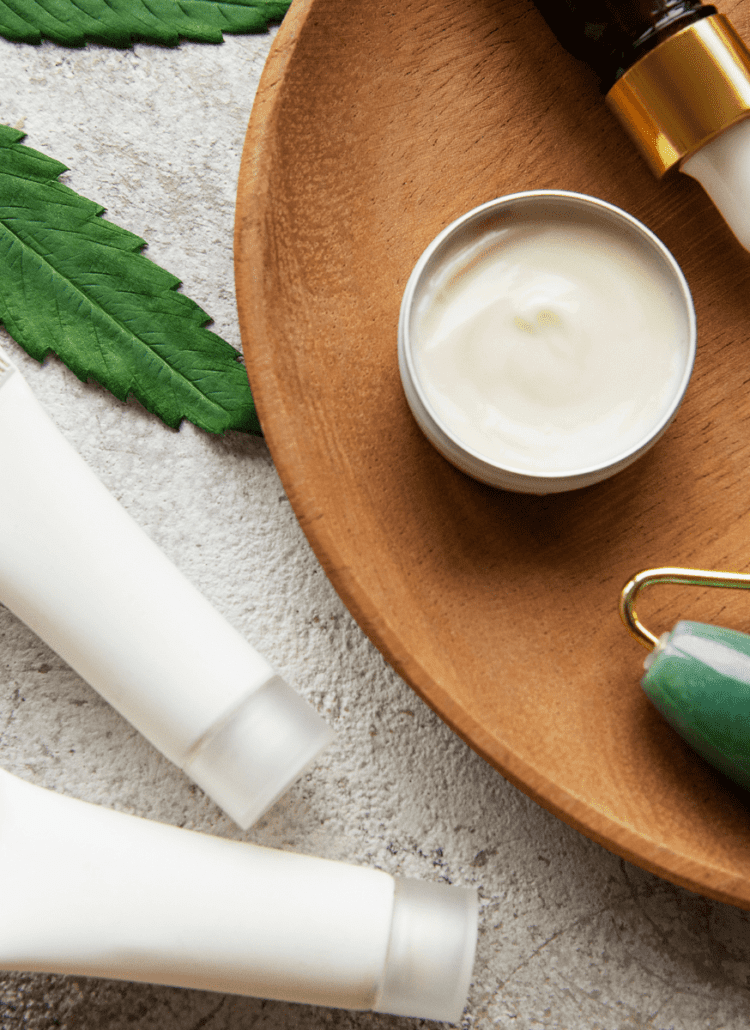
Accutane is used to treat severe nodular
Isotretinoin
Accutane comes in the 10, 20 and 40 mg doses of isotretinoin, a yellow or orange powder with the chemical formula 13-cis-retinoic acid. Isotretinoin is structurally related to vitamin A (retinol) and retinoic acid, and works by inhibiting oil gland function, although the exact mechanism is unknown.
Isotretinoin is a category X drug, which means it is not allowed for use by pregnant women because of known birth defects that outweigh any possible benefit of curing
Coloring
Accutane pills contains different colored coatings depending on the isotretinoin dosage. All dosages contain titanium dioxide, a pearling agent that makes pills white and shiny. Ten mg Accutane pills contain red iron oxide, 20 mg pills contain FD&C Red No. 3 and FD&C Blue No. 1, and 40 mg pills contain FD&C Yellow No. 6 and D&C Yellow No. 10.
Coating
Accutane contains a gelatin pill coating that contains glycerin, which makes the pill easier to swallow, and methyl and propyl parabens, preservatives that ensure the pill does not spoil or become ineffective.
Solvents
Accutane contains the solvents hydrogenated vegetable oil and soybean oil, which help dissolve isotretinoin and increase the solubility of the active drug in the body. This means that isotretinoin will go to the right targets instead of being excreted because it does not easily diffuse by itself.
Other Classes of Medications
Accutane also contains beeswax, soybean oil flakes, edetate disodium and butylated hydroxyanisole. Beeswax prevents the Accutane pill from being dissolved before it gets to the intestinal tract. This is important because the pill would be less effective if dissolved and absorbed in the mouth, throat, or stomach. Soybean oil flakes help the active ingredient isotretinoin dissolve because isotretinoin is almost insoluble in water. Edetate disodium, also known as sodium EDTA, and butylated hydroxyanisole (BHA) are preservatives.
This article, written by Dr. Michele Ross, was originally published on Livestrong.com.
Pin This Post





